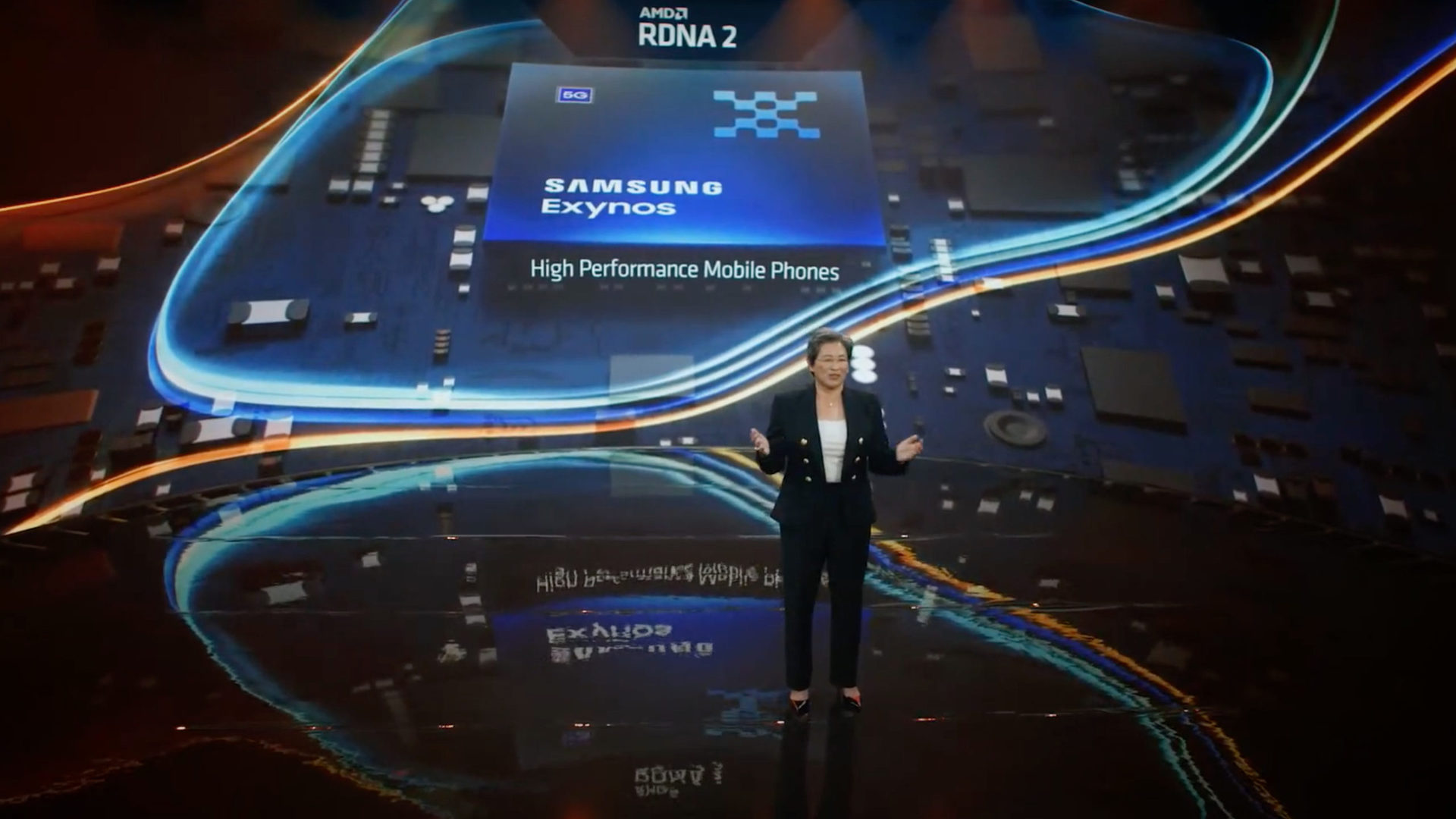Affiliate links on Android Authority may earn us a commission. Learn more.
Samsung is all-in on Snapdragon for now, but it just signed a new AMD deal

- Samsung and AMD have announced that they’re extending their deal for mobile chips.
- The deal will see Samsung continue to use AMD GPUs in Exynos smartphone processors.
Samsung and AMD teamed up back in 2019 to bring AMD Radeon graphics technology to Exynos processors, with 2022’s Exynos 2200 being the only result of that tie-up so far.
Now, the two companies have announced in a joint statement that they’re extending the agreement, with a view to bringing AMD’s Radeon graphics silicon to future chipsets.
More specifically, the two tech companies said the deal would “bring multiple generations of high-performance, ultra-low-power AMD Radeon graphics solutions to an expanded portfolio of Samsung Exynos SoCs.”
The reference to an “expanded portfolio” of chipsets suggests we could get more than just one AMD-powered Exynos processor as part of this deal. We hope this means Samsung’s mid-range Exynos processors will get AMD GPUs too, as more powerful, feature-rich graphics could be a good way to differentiate Samsung’s cheap phones from the rest of the pack.
What does this mean for flagship Galaxy phones?

Perhaps the biggest question is whether this deal opens the door for AMD-powered Exynos processors in Galaxy S smartphones in 2024. After all, Samsung and Qualcomm announced a multi-year deal in 2022 that sees Samsung only use Snapdragon chipsets for premium Galaxy phones (including the Galaxy S series). So you’d think that we won’t be seeing an Exynos-powered Galaxy S24 next year.
Would you buy a Samsung phone with AMD graphics?
In saying so, we previously heard rumors that Samsung is working on a new “Galaxy-exclusive” processor for 2025. So you now have to assume this chipset would indeed use an AMD GPU if it’s actually in the works.
Nevertheless, the AMD-powered Exynos 2200 was a bit of a disappointment in the Galaxy S22 series according to our own testing. Our benchmarking found that the Snapdragon 8 Gen 1 came out on top in classic benchmarks, although the Exynos 2200 offered better sustained performance. In saying so, the Exynos 2200 actually offers better ray-tracing performance than Snapdragon 8 Gen 2 phones. Either way, we still hope the next AMD-powered Exynos processor delivers major performance and efficiency gains.